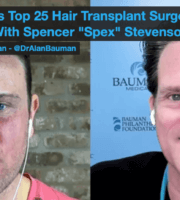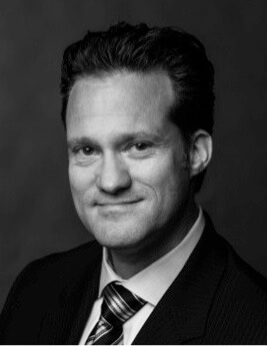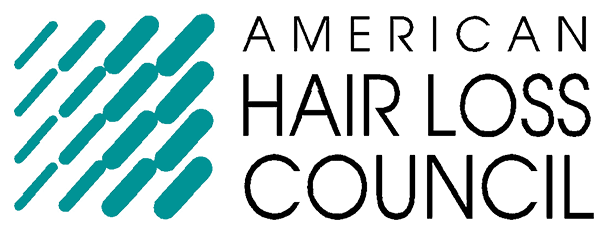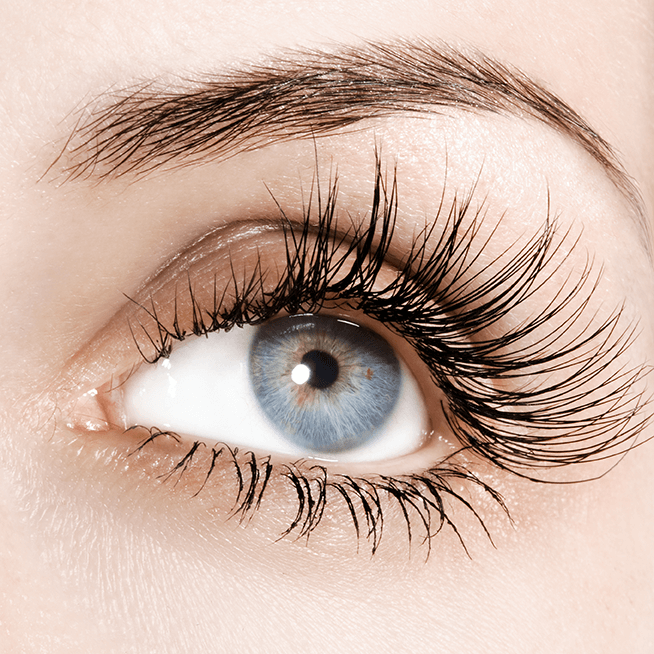What is Alopecia, Hair Loss, and the Oscars [Slap]
by Alan J Bauman MD
Given the time-sensitive conversation that is happening around Alopecia due to the recent Oscars incident, Top Hair Transplant Surgeon Dr. Alan Bauman would like to discuss what “Alopecia” actually is and how to treat it.
What Is ALOPECIA?
“Alopecia” is the general term for all types of hair loss for which there are many causes and presentations, and therefore a variety of treatments. There are many misconceptions about how alopecia is diagnosed and effectively treated among the general public and even many medical professionals. Hair loss deserves treatment because it is a condition that can severely impact Quality of Life.
What is the emotional impact of alopecia or hair loss?
For many of us, hair is a “defining feature.” When someone is struggling with any kind of hair loss or alopecia, there can be psychological pain and discomfort because hair is an important and powerful outward sign of self-image and self-expression. Losing control of one’s appearance, especially in terms of unwanted hair loss, can be a source of anxiety, depression, stress, embarrassment, and also have other serious emotional consequences if the situation is not dealt with.
Can hair loss be effectively treated and can hair be restored?
The good news is that the vast majority of hair loss conditions can be effectively addressed and hair growth can be restored once an accurate diagnosis has been made by a specialist. Unfortunately, often the combination of misperceptions about how hair loss can be treated, the progressive nature of hair loss, failed attempts at self-treatment or self-diagnosis, lack of access to effective medical treatments, misdiagnosis by–and outdated advice from–medical professionals or others, lack of access to effective non-medical hair restoration options, inaccurate information in the public realm, low numbers of qualified experienced board-certified hair restoration physicians, and several other factors (unfortunately) account for a huge number of patients not being able to achieve satisfying hair restoration outcomes.
What professional advice should be sought when hair loss occurs?
Many people will confide in a friend, family member, or hairstylist when it comes to a hair loss situation, and others may seek advice from their family physician or local general dermatologist. However, since hair diagnostic tools, regenerative hair treatments, medical therapies for scalp health and hair growth–including hair transplantation procedures, have changed so dramatically in recent years, it is critical for patients to quickly seek the advice of a top hair transplant surgeon and board-certified hair restoration physician.
What Are the Common Types of Alopecia?
Alopecia Areata
Alopecia Areata is an autoimmune disease that causes the body’s immune system to attack the hair follicles, resulting in hair loss on the scalp or elsewhere on the body. Alopecia Areata is a non-scarring alopecia that affects roughly 2% of the population over their lifetime, equally in both genders but more commonly in children. Alopecia areata sufferers generally experience smooth small round bald patches on the scalp (or the beard in men) that spontaneously regrow. It can be remitting/relapsing over time or persistent. In rare cases, patchy hair loss due to larger areas of loss can make styling difficult. It may progress to complete hair loss of the scalp including eyebrow/eyelash loss called alopecia totalis, or hair loss over the whole body, otherwise known as alopecia universalis. Alopecia areata is not completely understood. It is thought to have a genetic component and it can be triggered by physiological or psychological stress, an allergic reaction, bacterial or viral infection, as well as vaccinations–including SARS-CoV-2 (COVID vaccine). A family history of alopecia areata or other autoimmune diseases are present in up to twenty-five percent of patients who experience alopecia areata.
How to Recognize Alopecia Areata: One or more small round patches of bare smooth skin appear “suddenly” in a normally hair-bearing area. From a social distance, the small round spot appears bald. On microscopy, you would see “exclamation point” hairs that are short and tapered as they enter the skin at the edges of the bald patch.
Treatment: Unfortunately, there is no true “cure” for alopecia areata. Thankfully, in many cases, small areas of alopecia areata spontaneously resolve over the course of a month or two. Traditional treatments such as corticosteroid injections (e.g., triamcinolone) can sometimes be effective but have risks such as pain and skin necrosis. New autoimmune modulators like JAK inhibitors have been shown to be effective, but can be expensive and are not covered by insurance, leaving patients with very few options if resources are limited. Dual-spin PRP or Platelet-Rich Plasma with microneedling has shown promising results for those with mild cases. [See results of a Bauman Alopecia Areata patient treated with PRP for Hair Regrowth]
For more severe cases, non-surgical hair replacement or “cranial prosthetic” or medical-grade wig may be the only way to combat this problem if the appearance of hair loss is not embraced by the patient.
Treatment with “CNC” a 3D-Printed Medical-Grade Non-Surgical Hair Replacement System: A CNC (capelli natural a contacto) is a customized cranial hair and scalp prosthesis that is attached to the scalp (and hair, if any), providing a 100% natural non-surgical hair replacement option for those with extensive hair loss due to alopecia. Each CNC is customized to cranial shape using a 3D scanner, as well as skin and hair type. Bauman Medical in Florida was the first medical practice in the US to prescribe, customize and service the CNC hair and scalp prosthesis from CRLAB in Bologna, Italy.
Stress Reduction and Stress Management: To relieve stress, we recommend proper sleep, nutrition, regular exercise, meditation, acupuncture, yoga, prayer, and perhaps even taking an afternoon for “me time.” Ashwagandha is an adaptogenic herb that’s been used for centuries to help people cope with stress in a healthy way. The Bauman Scalp Makeover is a therapeutic “spa experience” that can optimize the health of your scalp and also reduce stress.
Androgenetic Alopecia AGA
Androgenetic Alopecia AGA is the common inherited condition of male and female pattern hair loss which first affects the hairline and crown of men and can progress to total hair loss over the top of the scalp, sparing the sides and back of the scalp. In women, androgenetic alopecia generally affects the frontal area of women in a diffuse pattern starting just behind the hairline, starting as a widening part line and resulting in loss of volume and coverage. Temple and hairline recession can also be observed in women. Androgenetic alopecia is the most common non-scarring alopecia. It is estimated that nearly 100 million Americans suffer from Androgenetic Alopecia, affecting twenty percent of men in their 20s, over half of all men over the age of 50, and at least one in four women over their lifetime. In men we know androgenetic alopecia is triggered by androgens (male hormones), can start anytime after puberty, and is chronic and progressive–it gets worse with time without treatment. The primary hallmark of androgenetic alopecia is hair follicle miniaturization resulting in the appearance of thinner, weaker, wispier, and shorter hair in the affected areas until coverage is eventually lost. In women, hereditary hair loss can progress after changes in hormone levels usually after childbirth or around menopause. Androgenetic alopecia is often accelerated when testosterone is included in hormone replacement or hormone optimization therapy. Read more about Female Pattern Hair Loss.
Treatment: Thankfully, medical science has effective medications like finasteride and minoxidil, low-level laser light therapy, regenerative treatments like PRP Platelet Rich Plasma and PDOgro, nutritional supplementation all of which have their greatest effect in the early stages of androgenetic alopecia. For areas of extensive androgenetic alopecia, FUE hair transplantation can redistribute hair from the more permanent zones (sides and back of the scalp) to restore hair growth to the balding or thinning areas with lasting results. Modern hair transplants are now performed comfortably with no linear scar and less restrictive downtime using the minimally-invasive FUE hair transplant approach.
Traction Alopecia
Traction Alopecia is a hair loss condition that occurs when chronic tension or pulling on hair damages the follicles over time—usually from the excessive use of attached hairpieces, wigs, weaves, tight braids, or extensions. [What are the common causes of Traction Alopecia?]
How to Recognize Traction Alopecia: Wherever the braids or other hair systems were attached you will find weak quality and low-density hair. For example, in weaves attached to the frontal zone, hair loss is often observed in the front and temple areas.
Treatment: Medical therapies, PRP and low-level laser therapy is helpful for early and mild cases, hair transplantation is often needed to restore hair follicle density if the traction alopecia is long-standing and severe. [See results of African American Traction Alopecia patient treated with PRP for hair growth at Bauman Medical.]
Trichotillomania: Trichotillomania is a compulsive psychological hair-pulling disorder that often results in permanent traction alopecia if left untreated. The compulsion to pull hair may occur on the scalp, eyebrows or eyelashes and is more common in young adult women.
Cicatricial or Scarring Alopecias
Cicatricial or Scarring Alopecia is permanent hair loss on the scalp due to trauma (e.g., injury from an accident like a burn or laceration), surgery (e.g., browlift or facelift, brain surgery), or severe inflammation (e.g., infection, harsh chemicals like relaxing/hair straightening or color treatments, reactions to sunscreens/moisturizers.
Frontal Fibrosing Alopecia FFA is a type of scarring alopecia affecting the eyebrows, hairline, temples, sideburns primarily in women believed to be triggered by certain sunscreen and facial moisturizers resulting in permanent destruction of hair follicles and skin changes.
Central Centrifugal Cicatricial Alopecia CCCA is a type of scarring alopecia seen mostly in African-American women causing inflammation and resulting in severe balding and thinning in the center of the top of the scalp and progressing outward. It is believed to be associated with the chronic use of hair relaxing/straightening chemicals over time. More info on CCCA Central Centrafugal Cicatricial Alopecia.
Post-Febrile Alopecia or Post-Febrile Telogen Effluvium – First described around the time of the Spanish Flu, this is a common shedding (telogen effluvium) and hair loss condition that occurs soon after high fever or infection with bacteria or virus, like COVID. This kind of shedding phase has also been reported with vaccinations.
Treatment: While shedding resolves over time, what often results is an acceleration of underlying hair loss conditions.
*Each individual's treatment and/or results may vary
If you or someone you know has hair loss, hair thinning, baldness, or eyebrow / eyelash concerns, click to start either a long-distance virtual consultation OR an in-person, in-office consultation with Dr. Bauman. You can also Ask Dr. Bauman a Question or simply call Bauman Medical Group at +1-




 Video: Follicular Unit Extraction – How is FUE different from a traditional FUT strip hair transplant?
Video: Follicular Unit Extraction – How is FUE different from a traditional FUT strip hair transplant? Dr Alan Bauman will be a featured speaker at the 7th Annual Biohacking Conference in Orlando
Dr Alan Bauman will be a featured speaker at the 7th Annual Biohacking Conference in Orlando Dr Alan Bauman named among The Top 25 Hair Transplant Surgeons in the World by ApeToGentlemen/Spex Hair
Dr Alan Bauman named among The Top 25 Hair Transplant Surgeons in the World by ApeToGentlemen/Spex Hair Why a Healthy Scalp is Important
Why a Healthy Scalp is Important Dr. Alan J. Bauman, M.D.Hair Loss & Hair Transplant ExpertBoca Raton, FL
Dr. Alan J. Bauman, M.D.Hair Loss & Hair Transplant ExpertBoca Raton, FL






